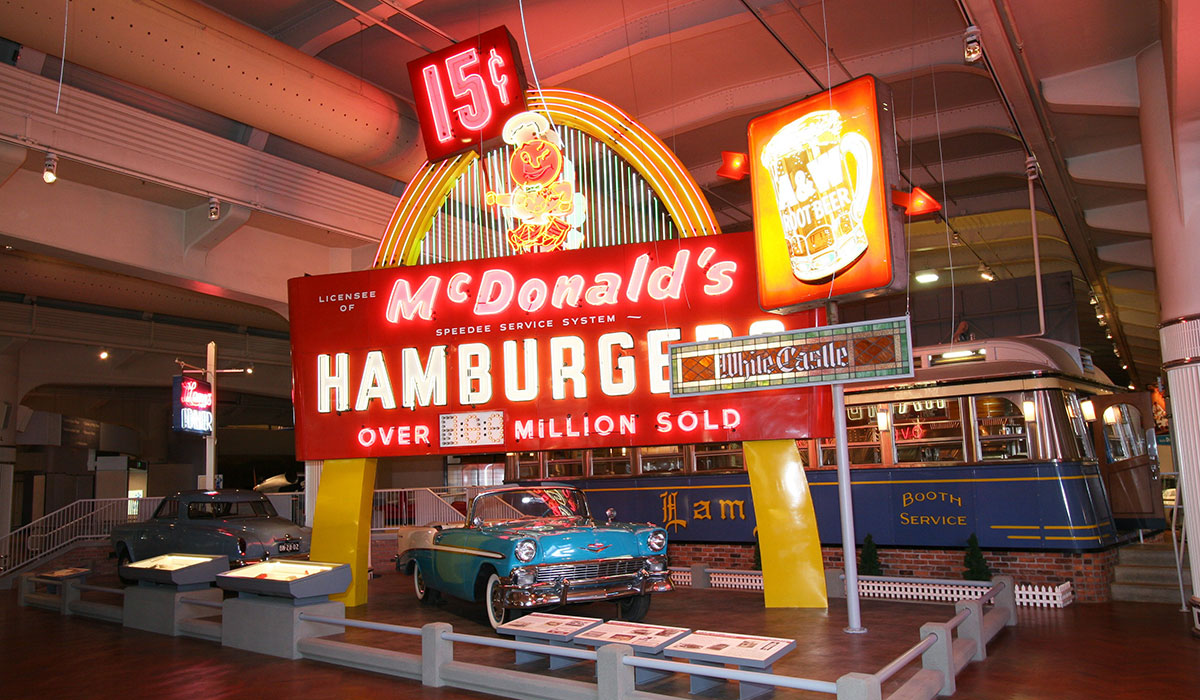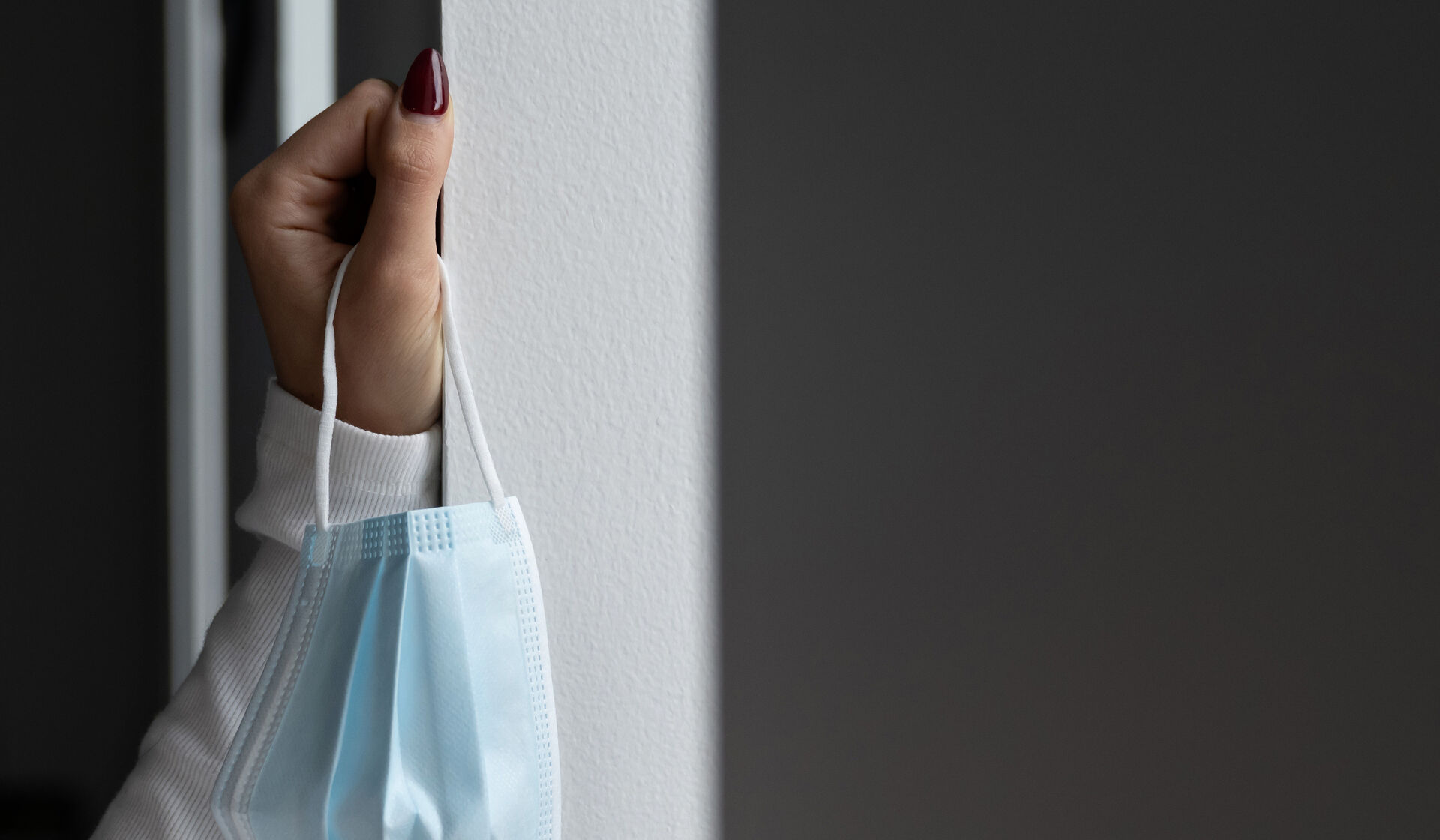Less than three miles from the University of Michigan-Dearborn, America’s largest indoor-outdoor museum attraction welcomes more than 1.5 million visitors annually.
In the 1920s, automotive icon Henry Ford, who resided next to the site of what later became UM-Dearborn, saw how industrialization was altering America’s landscape and hoped to preserve a walkable time capsule of the life he experienced growing up in rural America. Today, the Henry Ford Museum of American Innovation (open year-round) and its outdoor portion, Greenfield Village (open April to September, then late-October through November), provide a 90-acre experience with more than 26 million artifacts.
The Chesapeake and Ohio Railway’s Allegheny, one of the largest steam-powered locomotives ever made, stretches from one end of the museum to another. Close by, 15 airplanes, including a replica of the Wright Brother’s 1903 Flyer, are interspersed among rows of classic cars. Past a vintage McDonald’s sign and an Oscar Meyer Weinermobile, an authentic 1946 New England diner serves 1940s favorites like chicken salad sandwiches and Northeastern milkshakes. The Dymaxion House, the only remaining prototype of a one-of-a-kind metallic futurist home designed by R. Buckminster Fuller, gleams like a giant silver Hershey’s kiss.
The museum also features somber pieces of history, such as the limousine and theatre chair in which President John F. Kennedy and President Abraham Lincoln were assassinated.
“Objects like the limousine offer a direct and tangible link to our collective past,” writes Donna Braden, MALS’13, the museum’s curator of public life. “Through the enduring power of a single object, our individual and shared memories live on.”
Outside, Greenfield Village transports you to a countryside village of yesteryear.
The park, spanning more than 80 walkable acres, showcases more than 100 historic and replica buildings including an early Ford Motor Co. Model A factory, the courthouse where Abraham Lincoln practiced law, and the Wright brothers’ bicycle shop. Knowledgeable interpreters dressed in period-appropriate attire entertain with facts and anecdotes, often tending to pasture or tinkering with machinery in character.
Visitors can ride steam-powered locomotives, Model Ts, and horse-drawn carriages. At the village center, teams compete in an 1867-style baseball league all summer long. World-class artisans use 19th-century glassblowing techniques and a kiln to forge glassworks patrons can take home. Every December, the village briefly reopens for “Holiday Nights,” adding holiday decor, caroling, roasted almonds, and hot chocolate to the typical park offerings. As with the annual “Salute to America” celebration for Independence Day, a fireworks display signals the park’s closing each night.
Katrina Stack Finkelstein, ’16, a geography Ph.D. candidate at the University of Tennessee, says ventures to the museum and village have inspired her.
“Spending time there before, during, and after my undergraduate studies instilled a curiosity for learning about the past through its spaces and artifacts,” says Finkelstein, who graduated from UM-Dearborn. “As I study how the past is commemorated and exhibited for my Ph.D., I’ve thought about how the museum and village made me more familiar with historic homes and structures. It’s a great place to start asking questions about how we understand the past, especially with acquiring the Jackson House.”
The Jackson House was a key meeting location for coordinators of the Selma to Montgomery marches of the Civil Rights movement. After being carefully moved from Alabama, the century-old residence will be the latest piece of history just down the road from UM-Dearborn’s campus, set to open as an exhibit in 2026.
Steve Zoski, ’13, is a freelance writer based in Dearborn, Michigan.





